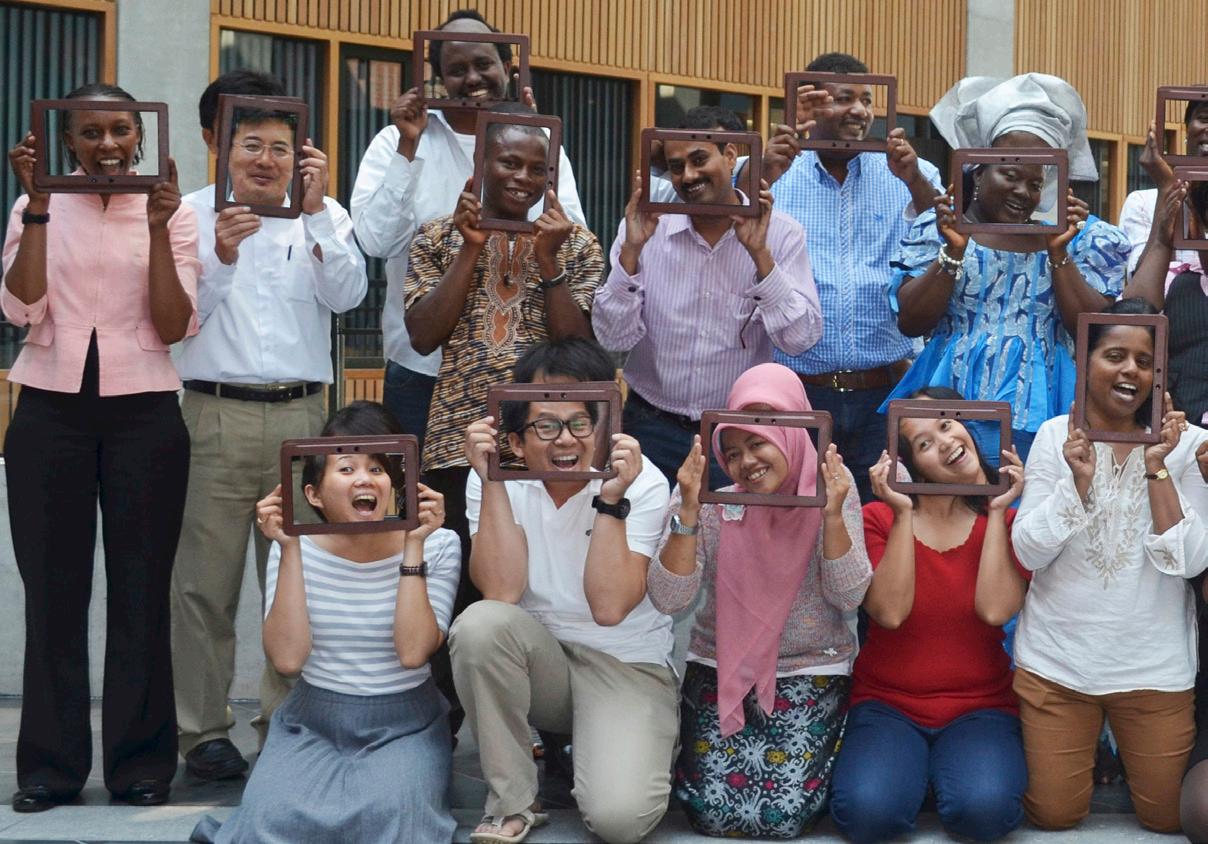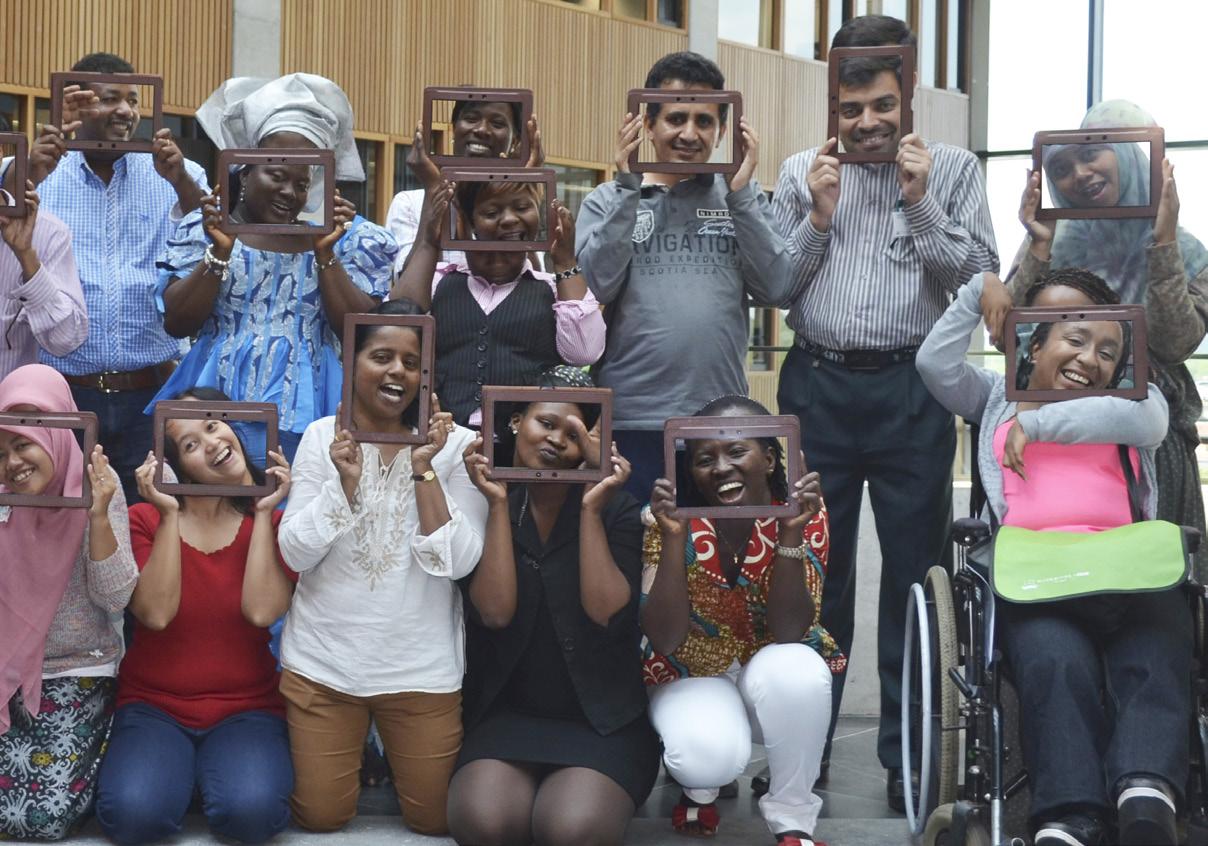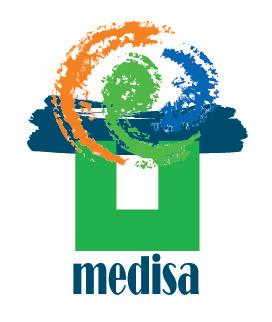van



Loes Witteveen loes.witteveen@wur.nl
Master Programme Management of Development
Rural Development and Communication
Van Hall Larenstein University of Applied Sciences
www.VHLuniversity.com
Mirjam Schaap mirjam.schaap@wur.nl
Media Design for Social Change
Centre for Development Innovation, Wageningen UR www.wageningenUR.nl/cdi
©Medisa. Wageningen, The Netherlands. June 2013
It’s not the equipment, but the creative mind that creates a successful product.
Johan Dijkstra
The societal justification for the construction of new spaces of communication, innovation and knowledge creation may be recognized, but it is not yet aligned with the training of the professionals involved. Themes like agricultural art, creative complexity, learning by designed confusion or poetry for transformation are not yet found in the curricula of educational programmes in rural communication.
The course Media Design for Social Change carries the ambition to contribute to filling this gap. For two weeks a group of 21 participants from CDI and VHL explored key concepts like narratives, representations, semiotics, discourses and audiences.
Exposure to artworks, sculptures and films were combined with exploring the practice of media production in the non-profit sector. Creativity was addressed in the production of paintings, 60-second films, sound effects and storytelling. We wrapped up practising the new acquired concepts in a commissioned multimedia production.
In this document we compile experiences, inquiries and reflections of participants to guide our imagination about van Gogh being at work in rural communication.
Goris, Mirjam Schaap, Loes Witteveen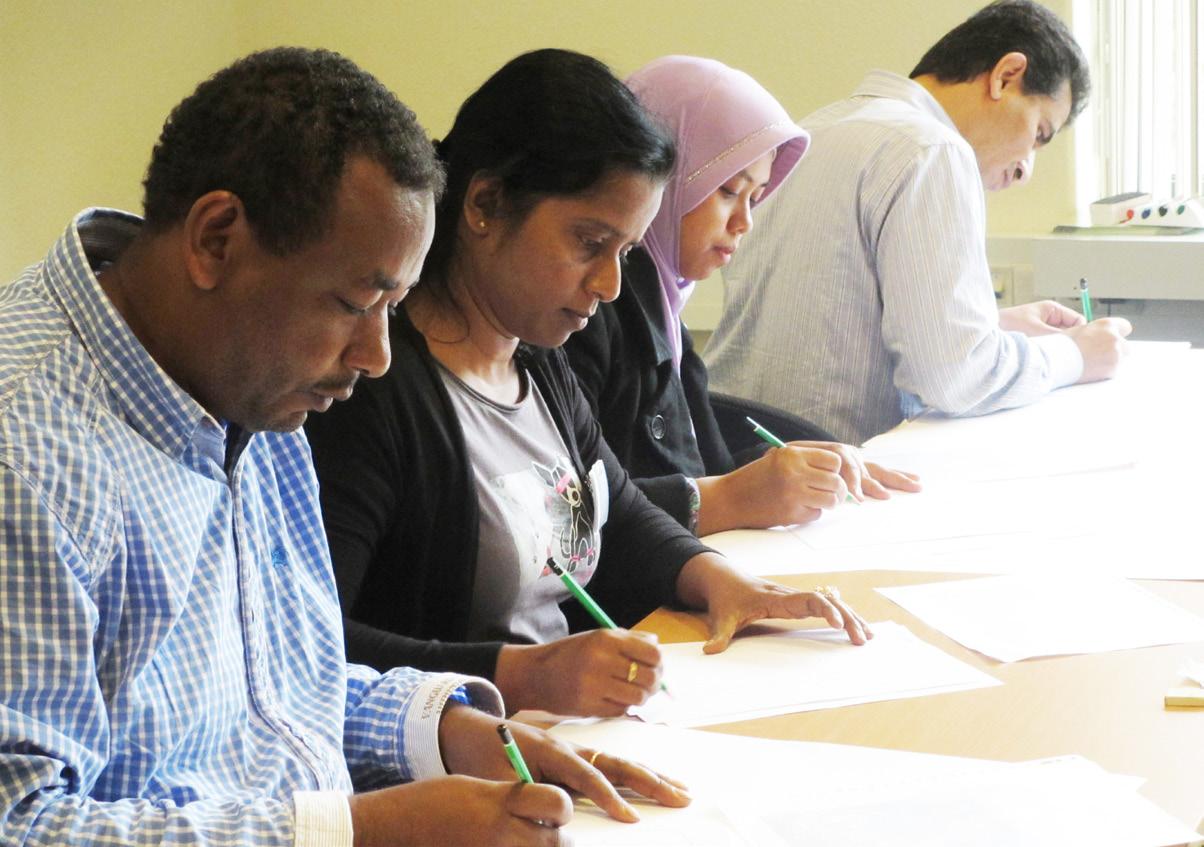
How could I know I was able to paint? I rejected creative things because my work as a manager is about the brain, yet art can address the heart of people, their feelings of caring for each other. I cannot explain my feelings in English words, as Sri Lankans we find it difficult to talk about emotions, there are always conflictive things related to religion, to caste and ethnicity but is has to be about balancing the heart and the brain.
Mrs Muditha Pathmajay Thelikada Palliyage Colombo, Sri Lanka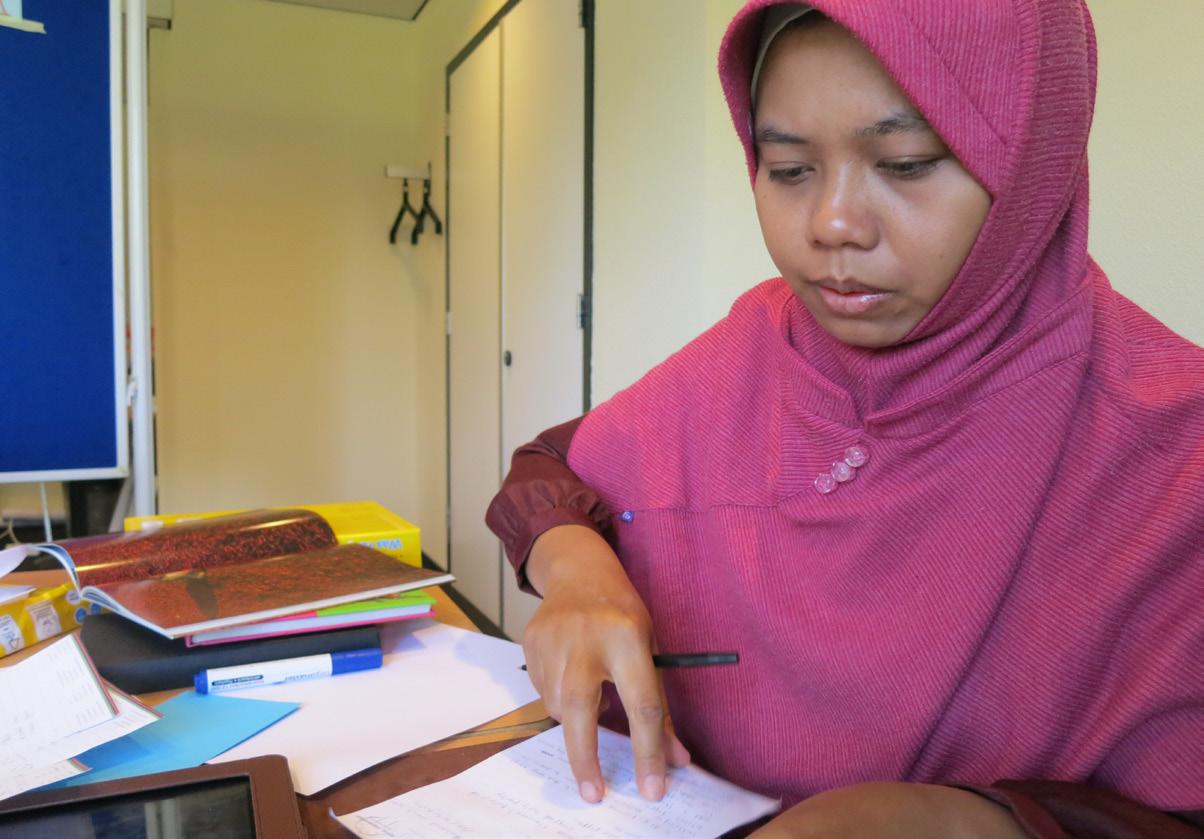
I am from industrial engineering department, and it is about dealing with industries and machines. So I was totally confused at the start.
Now I feel so inspired, imagine we teach design, art, and unpredictability and create a perfect and fantastic factory!
Mrs Juli Nurdiana Samarinda, Indonesia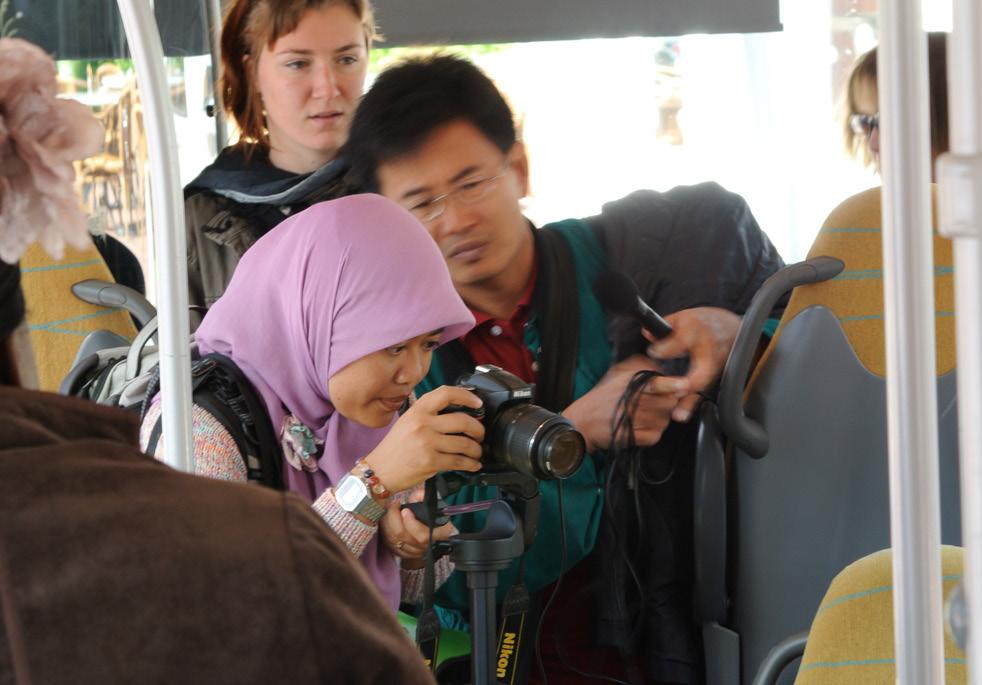
Before coming here, we worked in a manner of learning by doing but it makes sense to know the theory of practice and gaining exposure. I am an adviser in my office, and I found new ideas on how to use media for difficult problems because we are hard at work in Cambodja to make social change happen.
Mr Kimsrun Sreng Phnom Penh, Cambodia
There is a lot of passion, creation expression and beauty. Just like Van Gogh we get lost, frustrated, emotional and our reasoning does not guide us. But the persistence of perfection, to do something good, each of us creating something beautiful and lasting. At home in Laos, I will tell about the struggles in all countries and programmes, about the variety of approaches and sometimes the best are those who sounded so weird at the start. I learned to use weird ideas.
Mr Touravanh Hook Vientiane, Laos
I learned about filming with basic technology, about photography and I feel proud of my painting. In my work, I will be able to read more in a media project proposal and I will be able to fill a gap and to connect between producers and the people in the field, as I have more ideas about the variety of what could be produced. I look better and see more, not only when making a photograph but it is also in my work, to see the people who are more vulnerable, almost hidden as if they will not be seen in a picture.
Mr Walid Abdullah Farhan Mahuob Sana’a, Yemen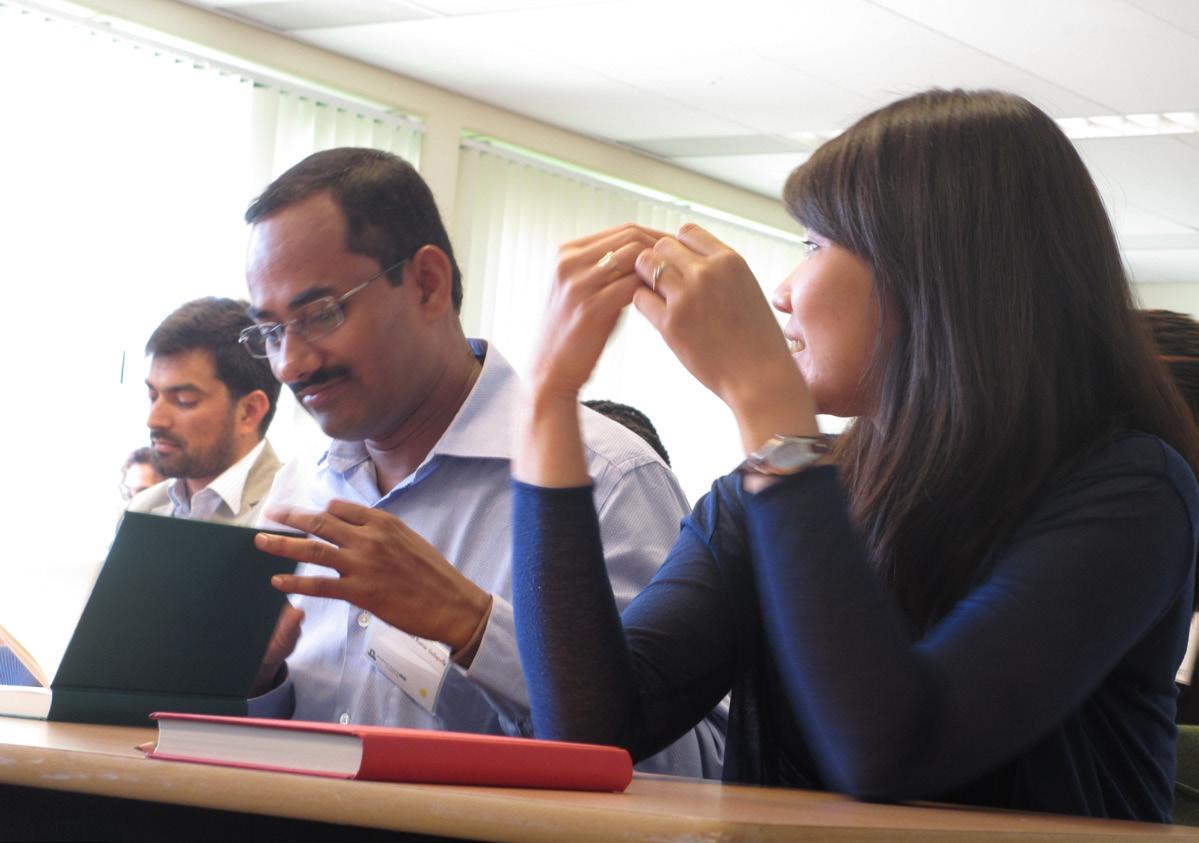
I was always afraid of art and acting. Here, me being an artist is very nice. Back home I work on development of learning material for oil seed technologies but I never thought about painting sunflowers. We focus on technologies. It is a one-way process; maybe only 5 out of 100 farmers come back to us. I realize it is not the farmers; we forgot to see more options in communicating with farmers. It has to be creative and interesting that is the challenge. We have sufficient technologies in India but communication is an art of science we need.
Mr Dayanand Satish Kumar GullapellyHyderabad, India
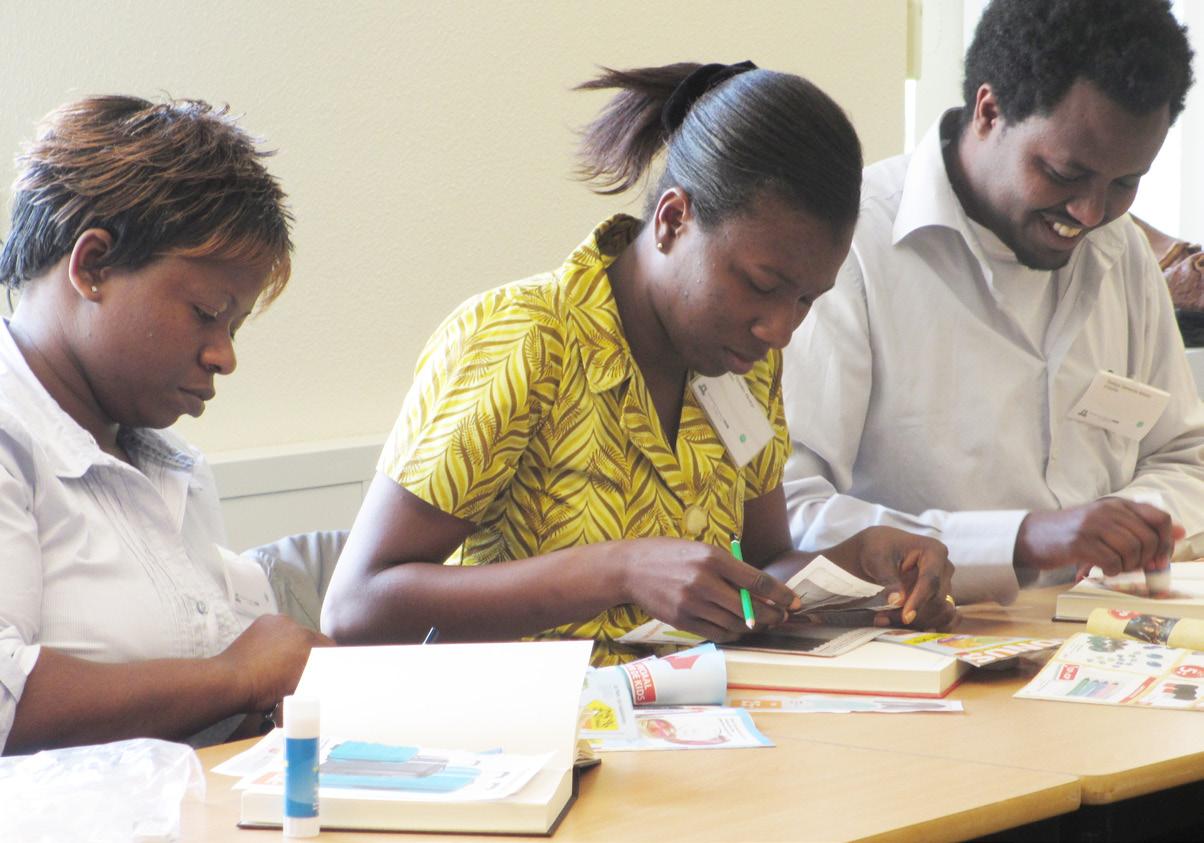
It helps to tell of difficult, daring and sensitive issues with art rather then just saying it. For example, in my creative team in Medisa we deal with religion, that is very personal to people. At work we often ignore the real situation, we just pretend that things go on in the same way. I feel it is about courage and not sweeping things under the carpet. Rural development organisations have to find ways to make people talk. It is about finding an entry point an interest of people. Stories and films relate to people, they may address the real issues. We need people who have development at heart, like artists who have other ways to address change. Something different, it is about courage, it is a challenge. It feels as if I have to take a big step.
I wonder how it is going back home.
Mrs Mary Gyaako Abokyi Tamale, Ghana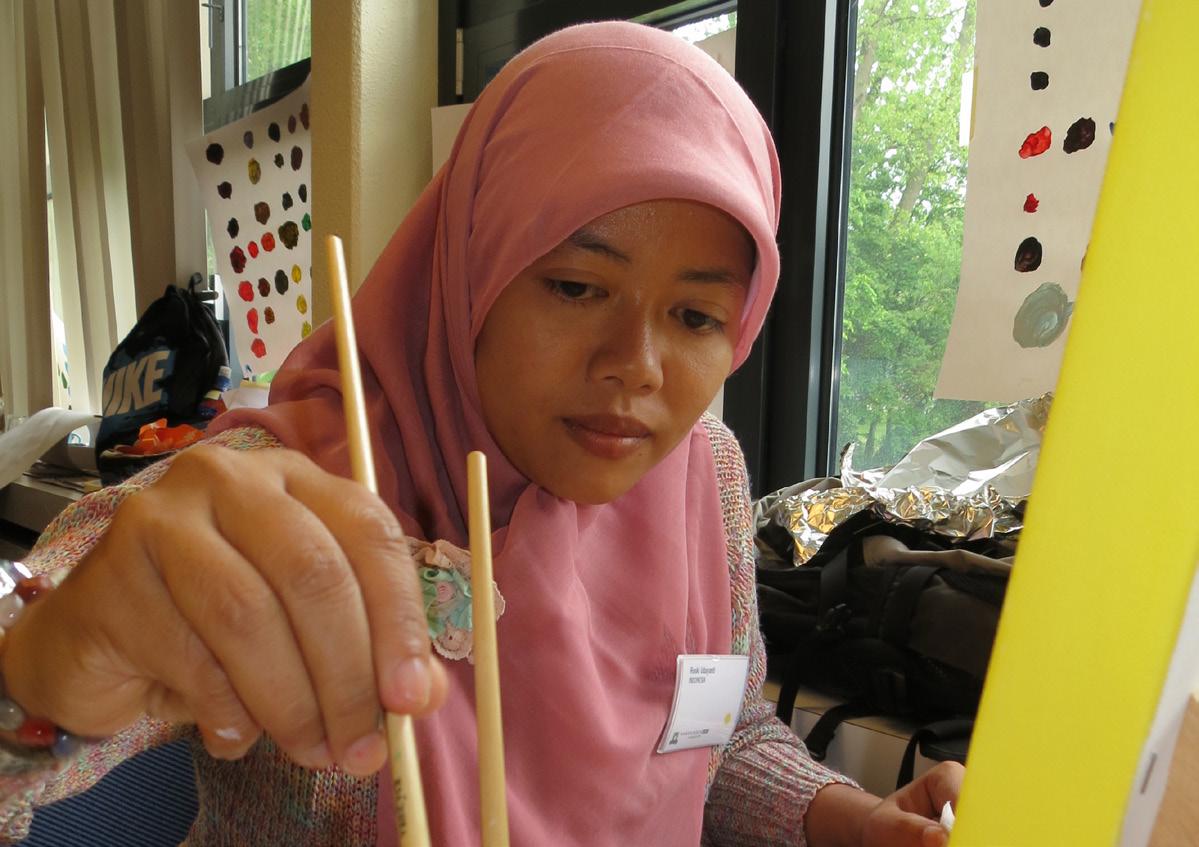
The first day I was very nervous. I have no background in design. I am an autodidact. I have a bachelor in forestry and now I do a master. But I love the forest because in Kalimantan forestry and climate change is an important issue. We need media campaigns to safe the rainforest. In the working group Reducing Emission from Deforestation and Degradation we make designs like posters, brochures, banners and websites and we work with government, Unit Management (corporate) and Non Government. The basics like semiotics helped me to see how much we can see and what makes people like a picture. I like that we go outside for making pictures and for shooting a film. I look forward to share what I have learned here, imagine we would make a movie and share it with students.
Mrs Reski Udayanti Samarinda, Indonesia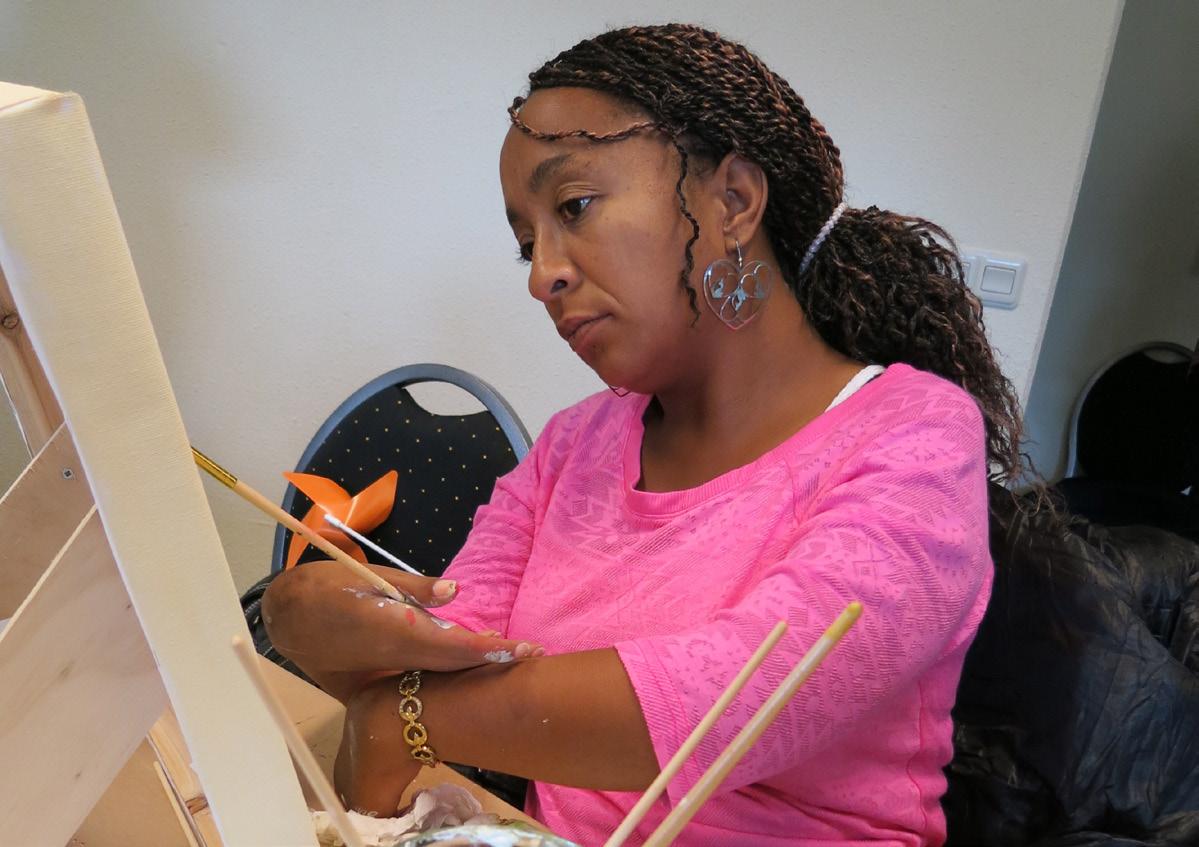
This place is very welcome to me as the accessibility with my wheelchair is very high and that makes me feel at home. Back home in South Africa I work in corporate service. I finished secondary school, I worked on contracts and after maternity leave I got a full time contract in ICT and marketing and I do mainly graphic design. I expected more about working with computers and software but it is not an ICT course, it is about media design. That makes sense because it makes clear how diverse perspectives work. Already with the first designs, with the floor plans I realised that we assume too many things. We have to see more. Also the way you teach, you can not fall asleep; you create energy and make us work hard. I like it when it is nothing as just another day in the office.
Mrs Leandra Ferreira Elgin, South Africa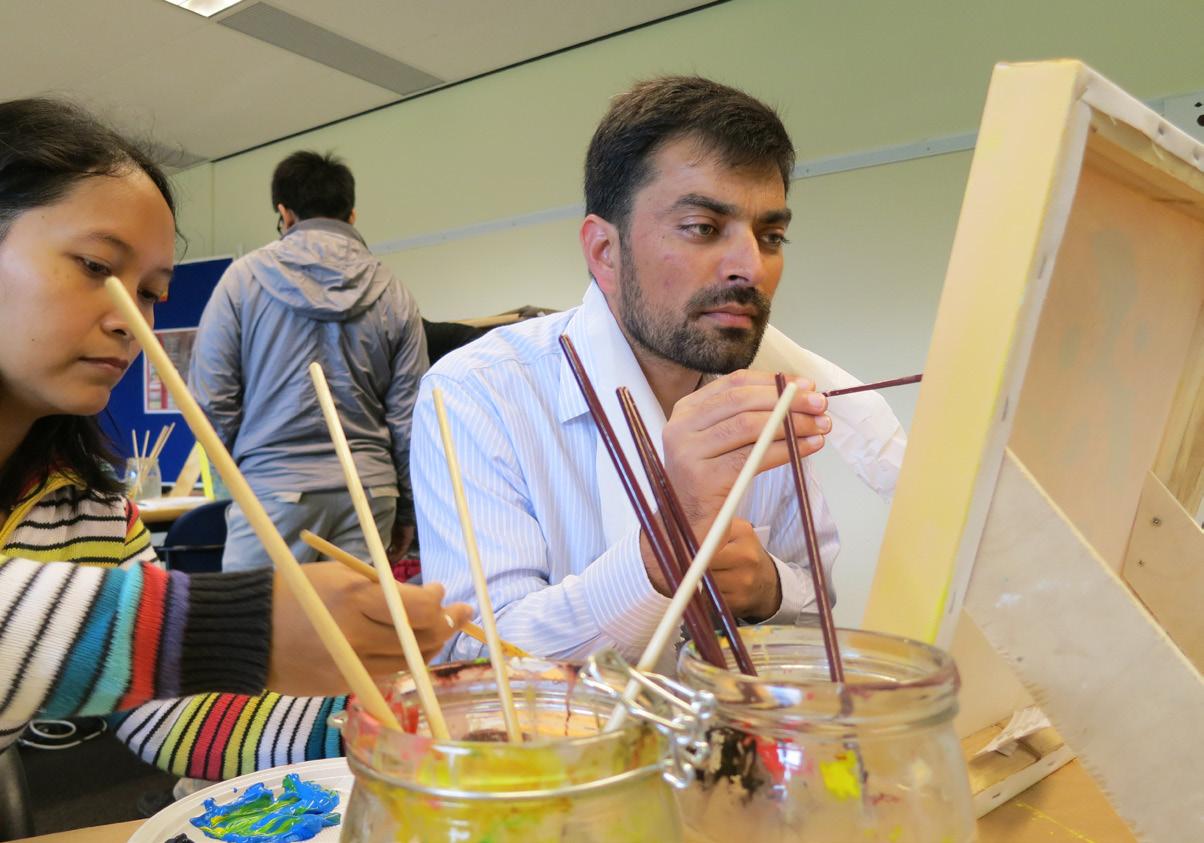
In most courses you get lectures the whole day and you get bored. Here there is so much participation and involvement that we make long days because it is so interesting. It is taught so different. Like when we started to build our studio, I wondered what we were doing and later you realise it is all about design.
I work in the project Azad, Jammu and Kashmir Community Development Program. My responsibility is dealing with media campaigns and communication. After this course I will redesign and strategize better. I think about making short movies, like case studies.That will be of interest to the general public. I mean, we have a literacy rate of above 70%, so many people can read and write their name but one picture says more then 1000 words.
Mr Abdul Qayyum Muzaffarabad, Pakistan
As a child I didn’t grow up with painting and so. Working with colours, it feels like going back and trying not to think but to observe carefully. It is nice to feel a child again, but it is surprising. In my work we use manyyond their understanding.Yet if we fail to share information, we fail as researchers and extension workers. In my region, farmers are illiterate and we have to understand better that we have to deal with that condition. We have to consider the farmers as our audience. The researchers and extension workers should feel more responsible when we are working with the farmers; we have to address farmers’ needs. I think that we don’t put ourselves in their position; we want farmers to think like us.
Mr Tesfaye Gemechu Amesa Ziway, Ethiopia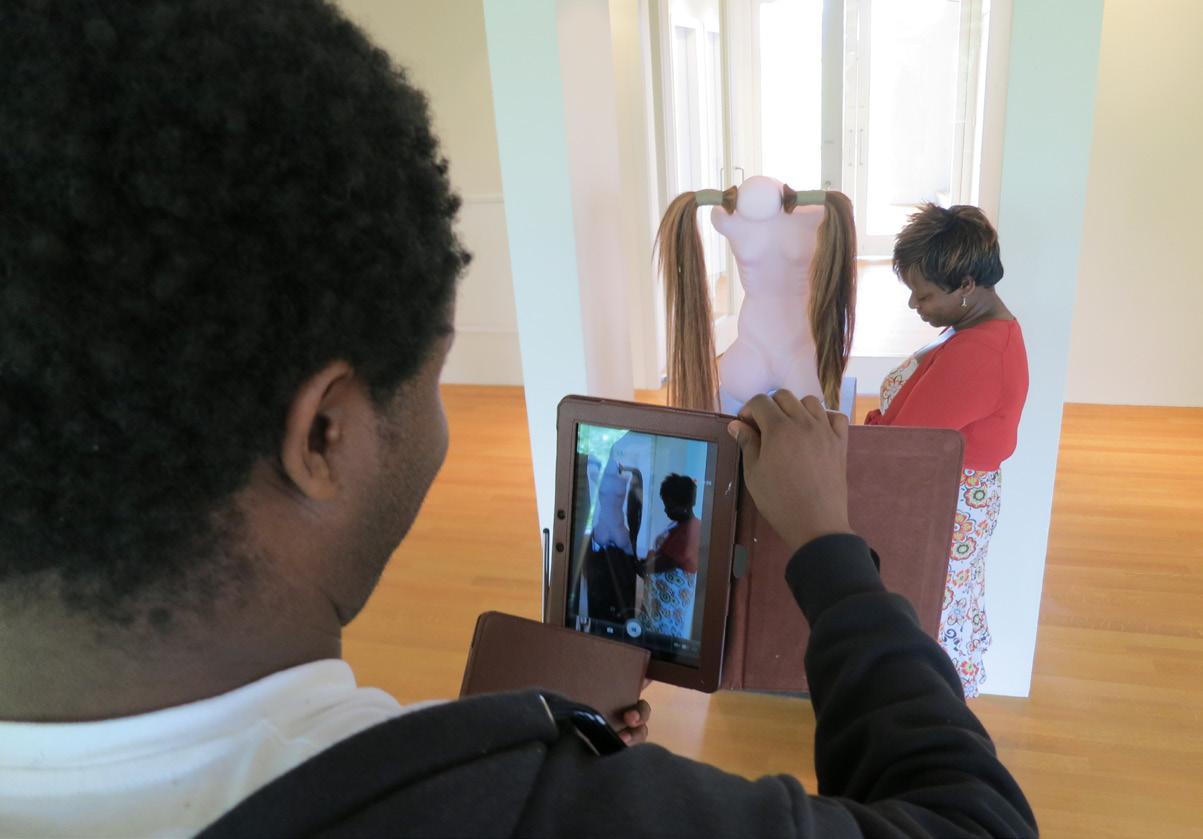
At Matopos Research Institute, my responsibilities relate to research on cattle production. The projects are driven by farmer needs and we information between farming and research communities. I also have an interest in metaphors. It makes it easy for people to talk about sensitive their fragility in relation to political implications. Using metaphors, like I gained some skills in movie making and editing. I learned that it takes quite an effort to produce media which portray the intended ideas at a glance. It requires creativity and patience.
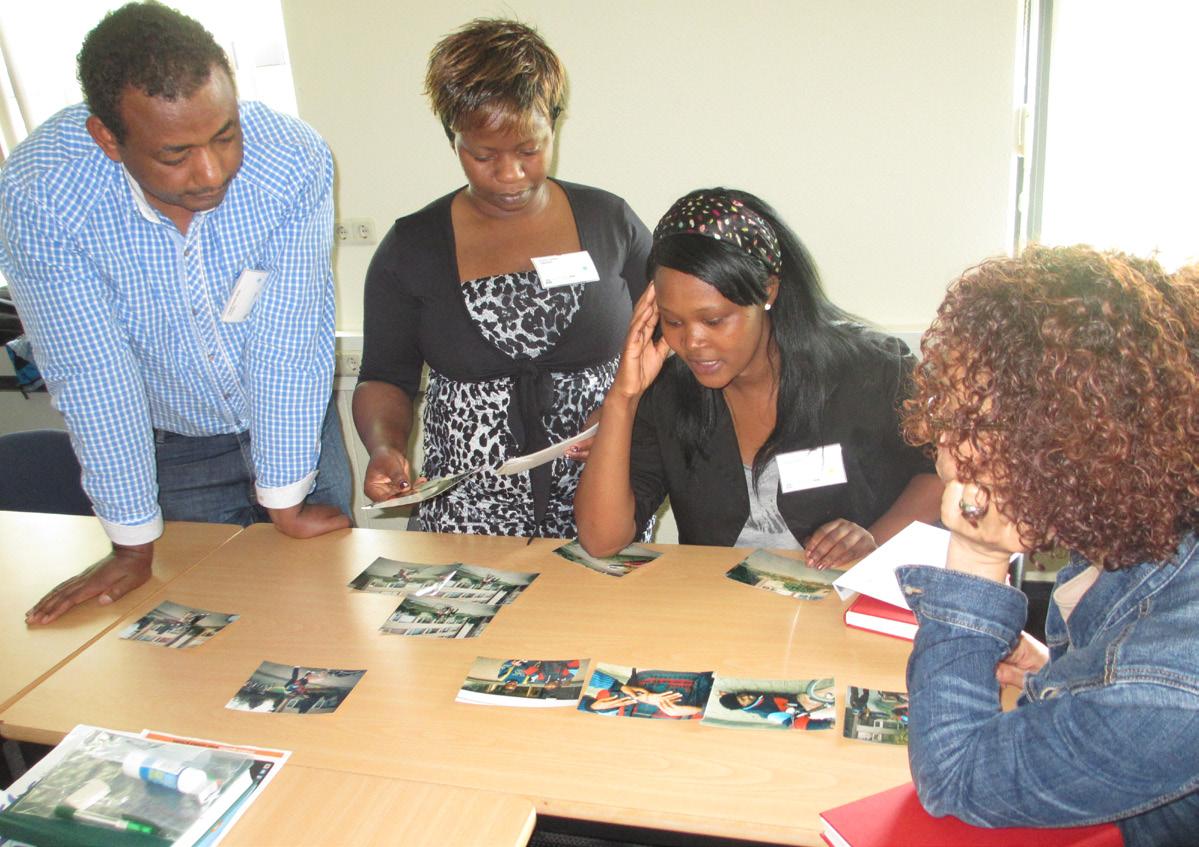
My parents wanted me to study something serious. So I am trained in business and retail management although I have an interest in communication and advertisement. In my business development area we produce a lot of material, we make websites and recently TV broadcasted at channel four. I had to produce a 40 seconds ad, I was alone, the idea was crushed and I decided to do it. organisations their mind-set is a little bit behind. Here I realised that we have to network with so many people. I found more passion in myself. This is where I want to be. I can learn and do more in an environment where we do more than selling; we can focus on social change. I am just getting air. It feels great to be surrounded by fresh air of creativity …
Mrs Asonele Rachel Kotu Elgin, South Africa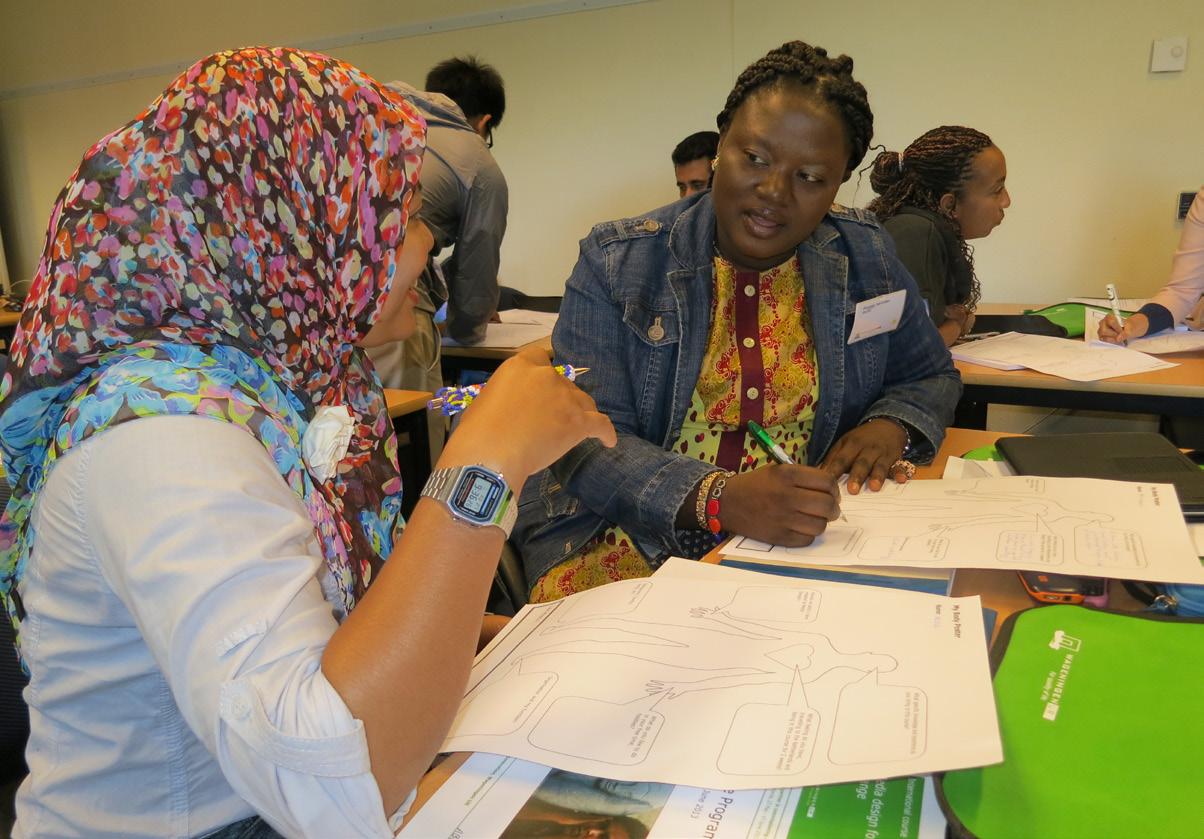
Even though Nigeria, the most populated black African country is an OPEC country, poverty is over 60% and we have huge youth unemployInt’l (LIFI) focusing on the rural and urban poor. I wanted to know how to use media to make our work visible and also conceptual. Filmmaking is not so easy; I understand we have to choose about negotiating a production, and I know better what to expect. And as we are working with orphans and vulnerable children I am inspired to bring out their creativity, if we have little Van Goghs, they don’t need to beg for money we can make up an exhibition and sell their work. I will send the invitation!

When we started the course and you said we had to tidy the desk, immediately it made sense to me. Sometimes, back home, when I am busy I also clean the table to gain place but never thought about it as a what was happening and you want somebody to understand what you are doing. It is not for me to be congratulated with a production, but to achieve the intended purpose with audience. I need to have the audience, the farmers in mind, and to negotiate with the client, the MoA, as they pay the bill and also with the experts as once I used a picture of the wrong maize for the dry region. I have to balance al this. Sometimes they do not have their heart in it, we just have to produce, as funds are available. I do not like it when it is dumped on my desk.
Mrs Jane Wandi Wanjira Njeru Nairobi, Kenya
It was an eye opener to see how the conversation about media and the process of the course unfolds with the different disciplines of the lecturers; it is so different from the educational system in Jordan. work with community clubs and I end up with kids who are great writers of unpublished works. I observe it all; I cannot run away. People should have a chance to celebrate their own story. I recognize the conversation about visual literacy; we have to discuss about abused children and household violence and broken dreams, with a happy end, another about a conservative veiled girl falling in love with a working class foreigner; such formats create explosions of debate.What drives me is the slogan of our creative team the ‘possibility is a conversation away’. But something has to induce that conversation.
Mrs Nadine Toukan Amman, Jordan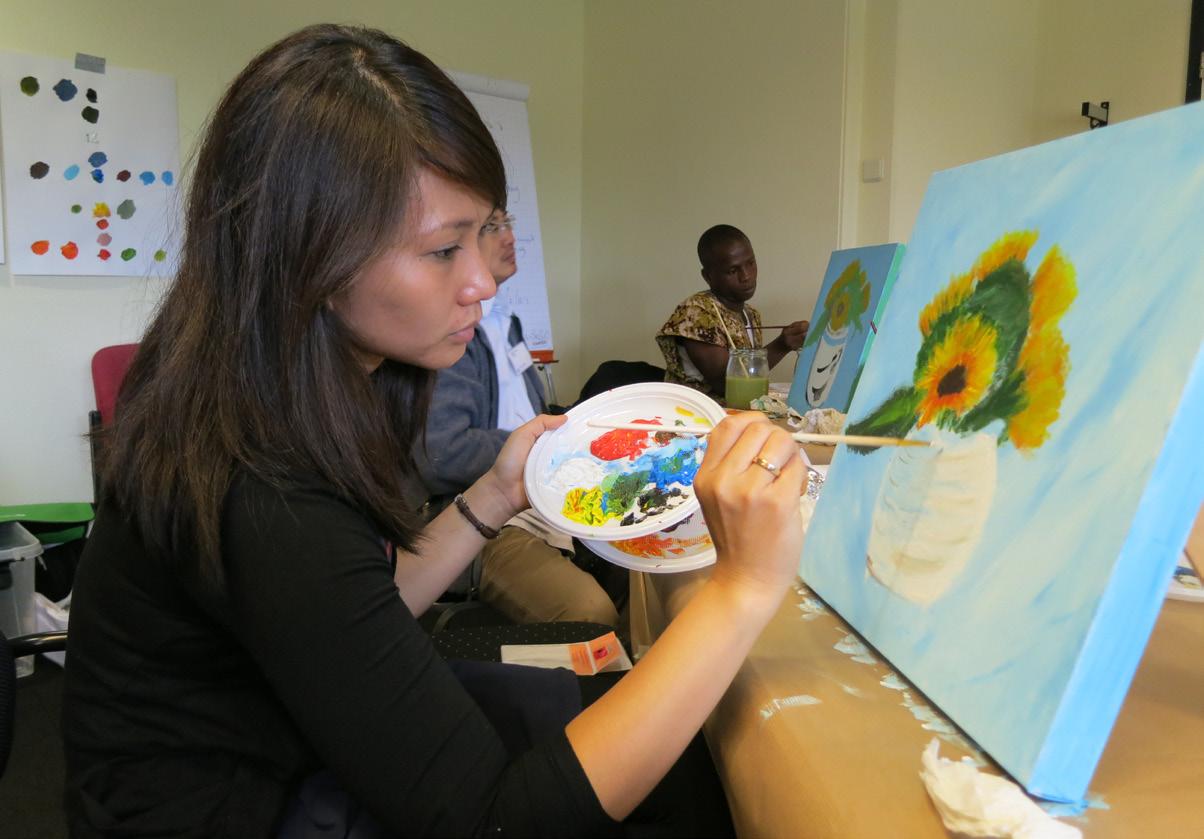
The media design for social change course makes me learn to see media from different perspectives. It is very fascinating to be able to analyze an advertisement and to see the actual message behind a text combined with the picture. The painting and drawing workshop was very interesting because I can actually do my own interest for a course. The expected. The working hours extend to 14 hours a day. However, I have to admit that I am also doing this with motivation because with this I am learning to design a movie. But it would be nicer if we could spend more time on the conceptual design and do an analysis on the purpose of a media and whether a media choice is the right one to send the right message. With this perhaps the media, which will be the end result, will have a deeper meaning.
Mrs Murtiti Setiasih Muharamiah Jakarta, Indonesia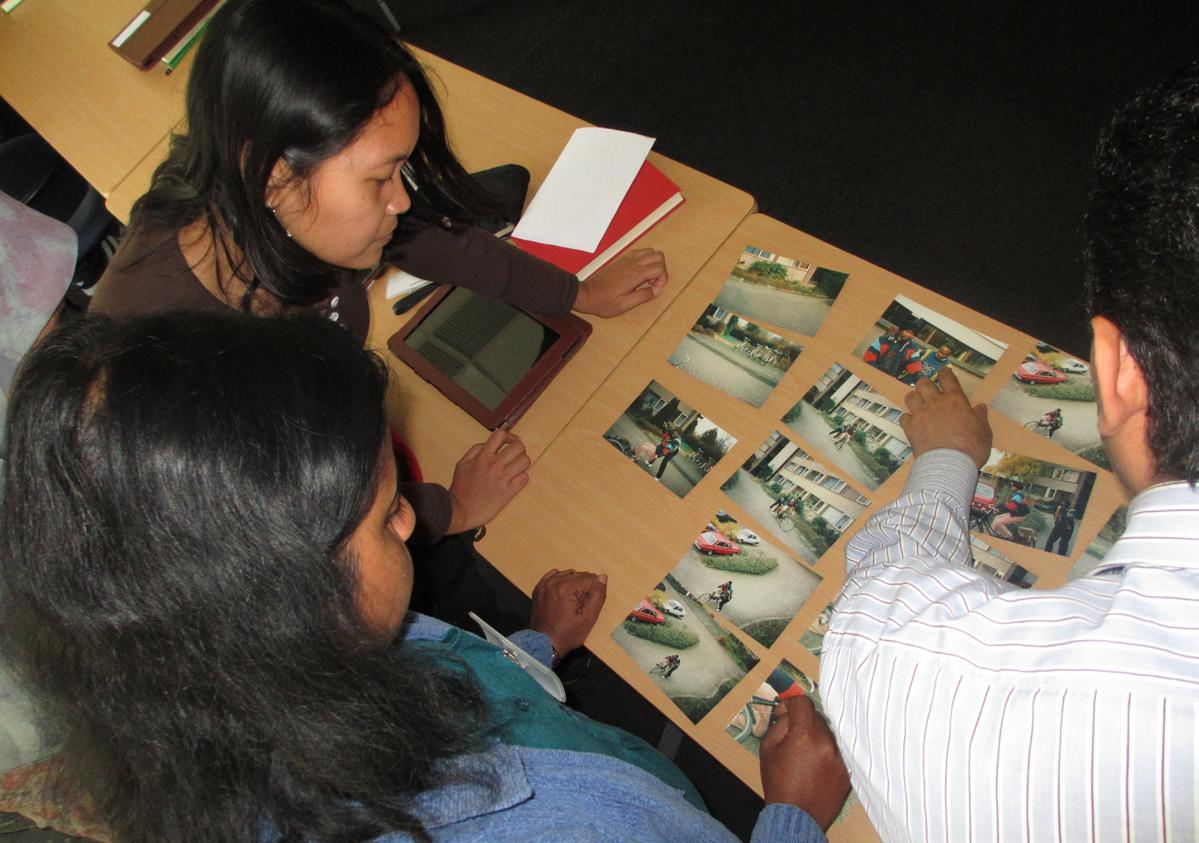
I learned from the different cultures in the group. Many of us have experience with media for social change. We need to know and share more also do community service for the people around. It is almost a small city and our problem in Indonesia is corruption. People have no access to health services and education due to corruption; the minimal living standard is not there for everybody. Media relates to almost everything and I think media can support knowledge exchange but we have cormovement, you cannot say things directly. Through media we can frame things in a way that maybe many Indonesian people dare to speak out.
Mrs Ira Dwimayangsari Bandung, Indonesia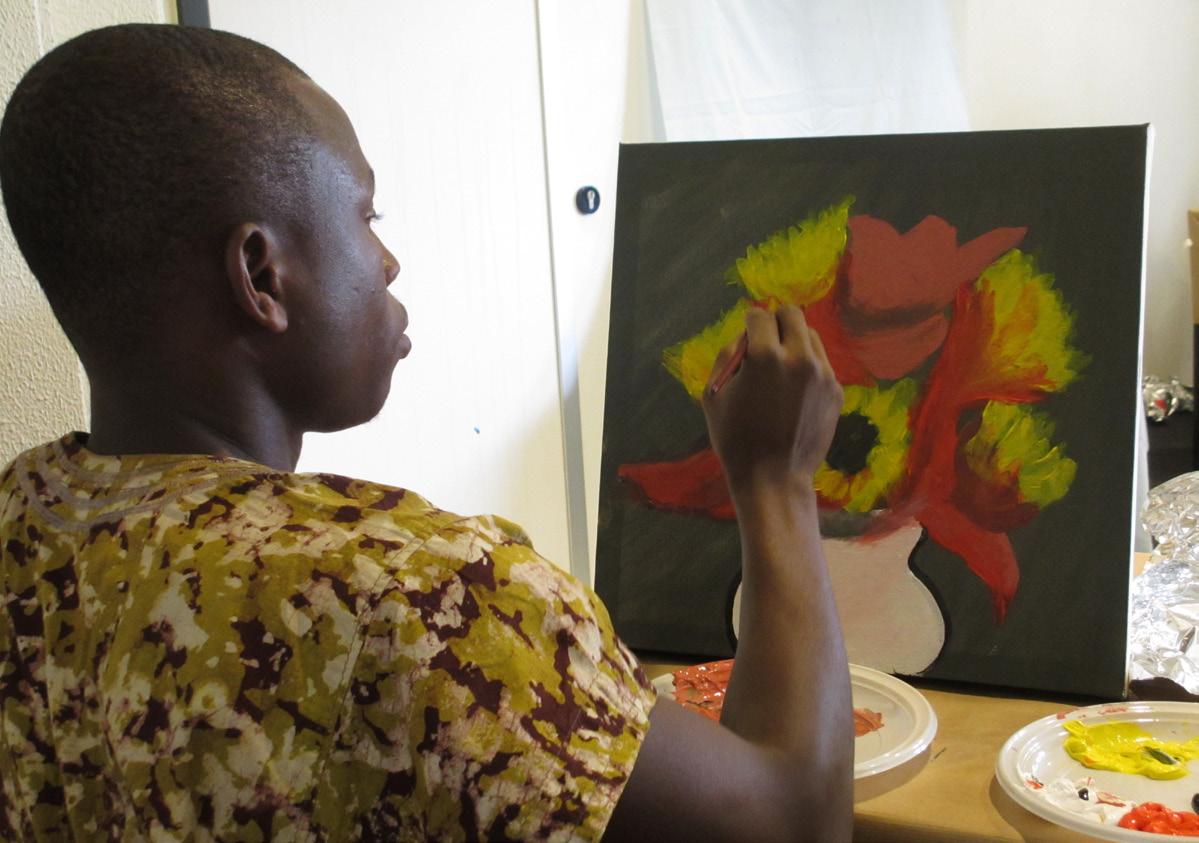
My role happens to be in community development with a focus on health, gender and empowerment, water sanitation and forest degradation. We use information, education and communication strategies to design media forms most of the time we are in a rush, without involving the target audience because project time lines have to be met. Then by monitoring and evaluation we learn that it is not effective, that we could have done better. For me it is revealing that media can communicate so many things you wish to address based on it’s strategic design.
Communication strategies like VPA is to me a breakthrough because we come across so many taboos you don’t talk about. Religion and cultural looked for other forms of communication.
Mr Nelson Owusu Ntiamoah Bechem, Ghana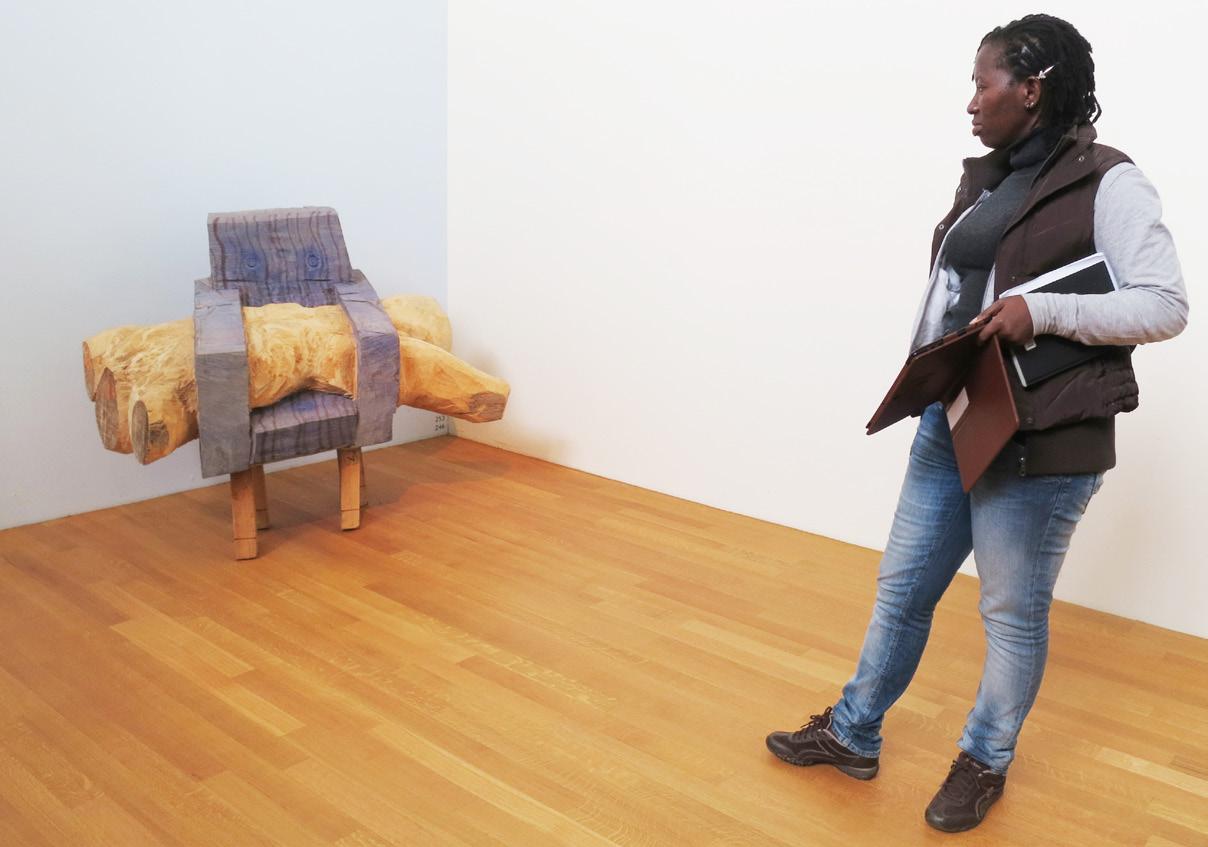
I expected knowledge on how to make print and electronic media, and to make it attractive. I also expected to gain academic knowledge, some models, theories and frameworks. I designed and carried messages forward, and right from the introduction I realised that we call it design when it considers the audience. Like the bookmarks of my organisation Right to Play, we give them to children and youth but the messages are
In the museum I realised that artwork is amazing, everything can have a story, looking at sculptures can open your mind and your creativity.
And we tried to make a one-minute story. I liked it. Our programmes focus on sensitization and we use often drama. We just put the drama together, but it can be seen as footage, with editing a drama becomes more attractive.
Mrs Augustina Ayisala Accra, Ghana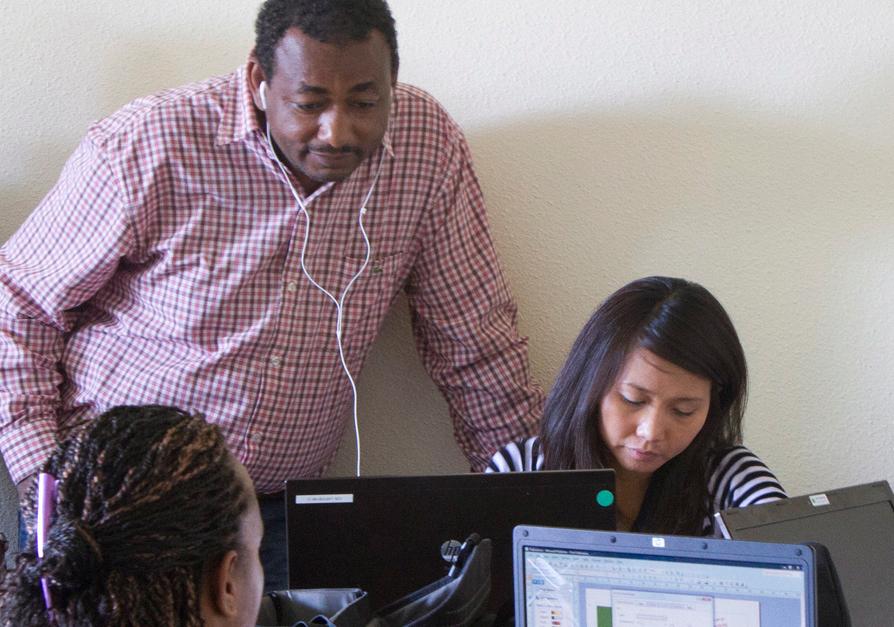
not think about the ideas, what is behind. Creativity is very important and later it depends on available resources. In Ethiopia we do many activities in relation to crop production, milk and meat production, and soil and water conservation. We transfer so many messages, but we
experiences for other districts. We have good works but we don’t make it visible and if we do, we document the practices but not the farmers telling about the way they implement these practices. We can document farmers doing interesting things but we do not do it yet.
Mr Tegegn Daniel Molla Arba Minch, Ethiopia